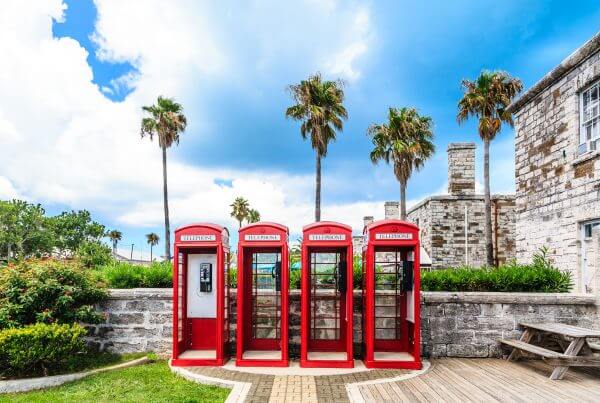Key Points
- New Plan Introduction: Canada announced the 2025-2027 Immigration Levels Plan on October 24, 2024.
- Targeted Reduction: Aiming for a 5% reduction in temporary resident arrivals by 2026.
- Focus on Balance: This change aligns temporary and permanent resident levels with community capacity and infrastructure availability.
Overview
Canada’s 2025-2027 Immigration Levels Plan, introduced on October 24, 2024, marks a pivotal shift in the country’s immigration policy. In a move designed to balance immigrant inflows with Canada’s infrastructure and community resources, the plan proposes a gradual 5% reduction in temporary resident entries by the end of 2026. This policy adjustment signals a shift from the higher immigration levels maintained to support Canada’s economic recovery in the post-pandemic period.
2025
2026
2027
Overall Arrivals
(604,900 - 742,400)
(435,250 - 597,950)
(472,900 - 614,250)
Workers (Total)
International Mobility Program
Temporary Foreign Worker Program
Students
The plan reflects the Canadian government’s intent to address infrastructure concerns, particularly housing availability, healthcare, and employment, especially in larger urban centers facing significant population growth. By reducing temporary resident numbers, Canada aims to support sustainable immigration practices that better align with the needs of both immigrants and local communities.
Under the new policy framework, the reductions will primarily target temporary work visa categories and international mobility programs, while student visa entries are expected to remain stable. This approach acknowledges the importance of international students in Canada’s education system and economy while addressing the need to manage the overall number of temporary residents in line with available resources. Specific adjustments within work visa categories are anticipated, impacting the International Mobility Program (IMP) and Temporary Foreign Worker Program (TFWP), constituting a significant portion of Canada’s temporary labor force.
The Immigration Levels Plan is an adaptive framework designed to manage immigration sustainably by prioritizing permanent residency pathways over temporary permits where feasible. This policy aims to reduce pressures on essential services, enabling communities to provide better support for newcomers as they integrate into Canadian society. Immigration professionals and organizations relying on temporary labor may need to adjust recruitment strategies to align with the evolving immigration landscape.
Looking Ahead
As Canada implements this new plan, immigration and HR professionals may see changes in the availability of temporary work permits. They may need to consider alternative hiring options to address labor shortages. The emphasis on sustainable immigration practices suggests that Canada could further favor permanent residency pathways in the future, potentially influencing immigration trends and workforce composition.
Organizations and immigration stakeholders should monitor updates to the Immigration Levels Plan, as further policy refinements may be introduced to address emerging challenges. The transition to balanced immigration levels will likely have long-term implications for workforce planning, community development, and Canada’s overall immigration strategy.






